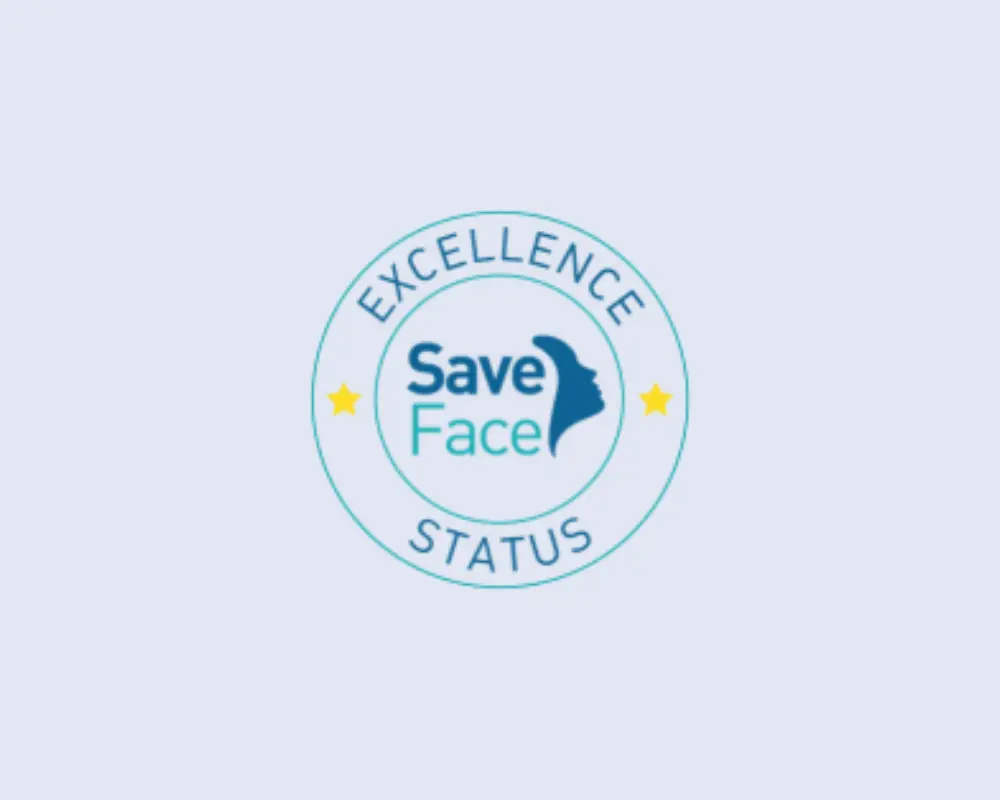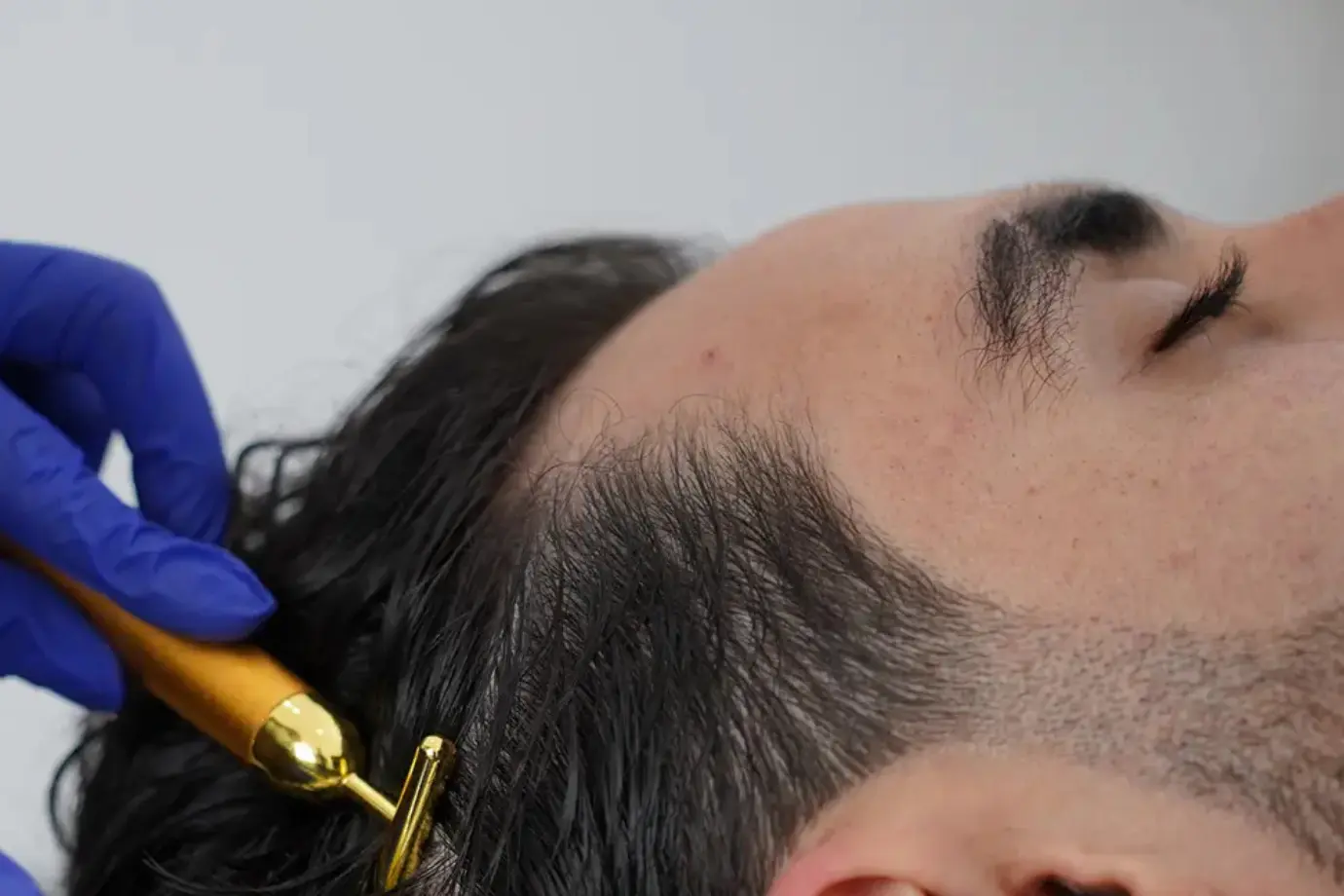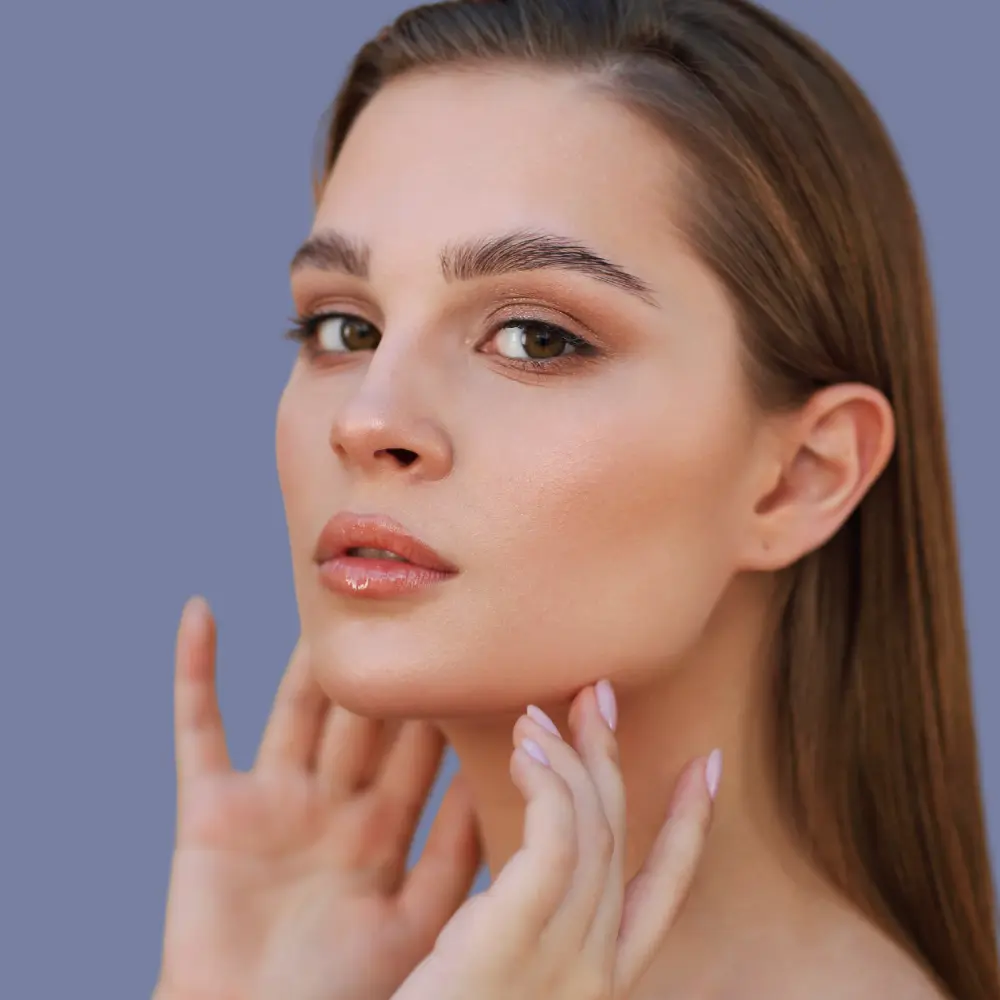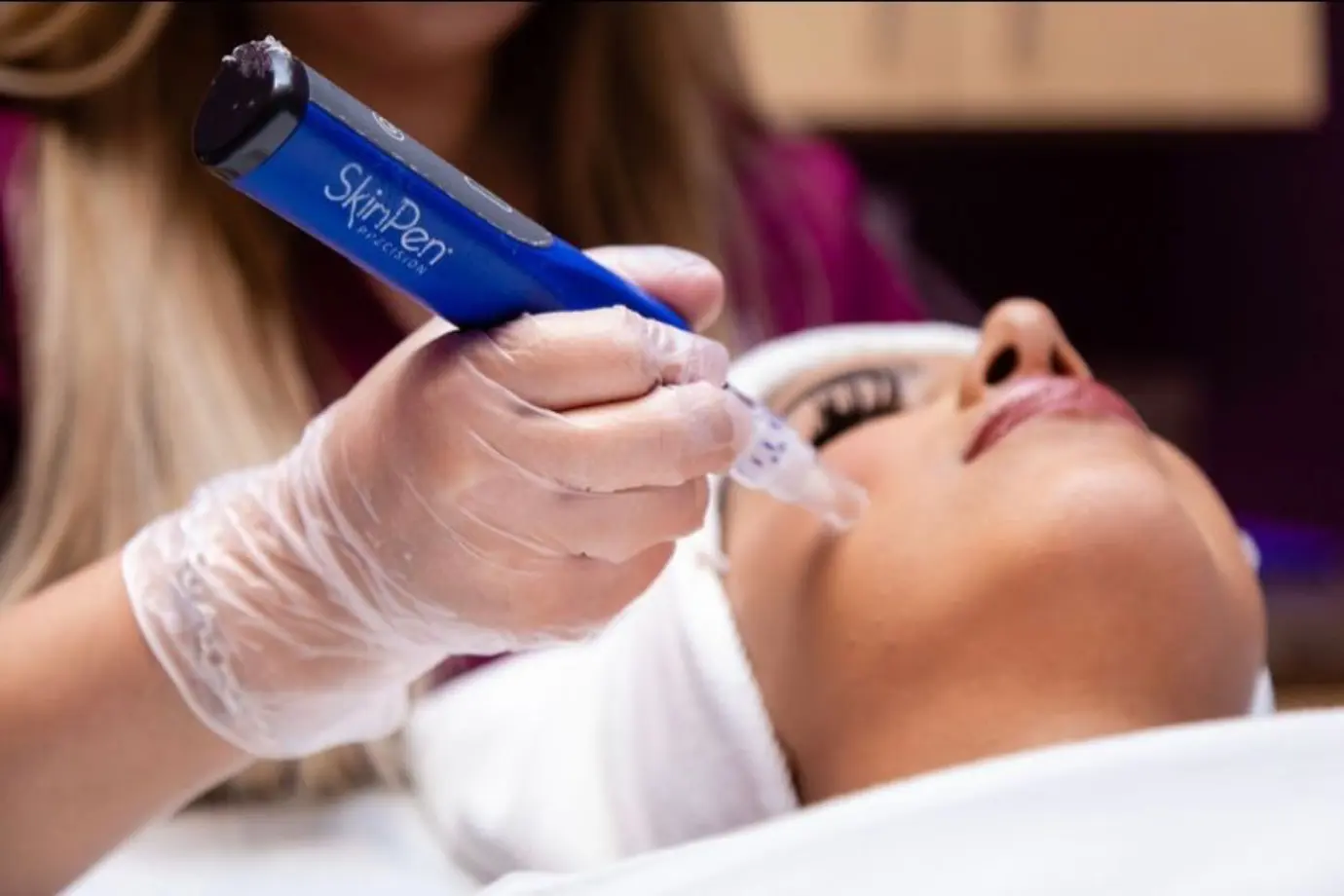ROMAN NOSE: EVERYTHING YOU NEED TO KNOW
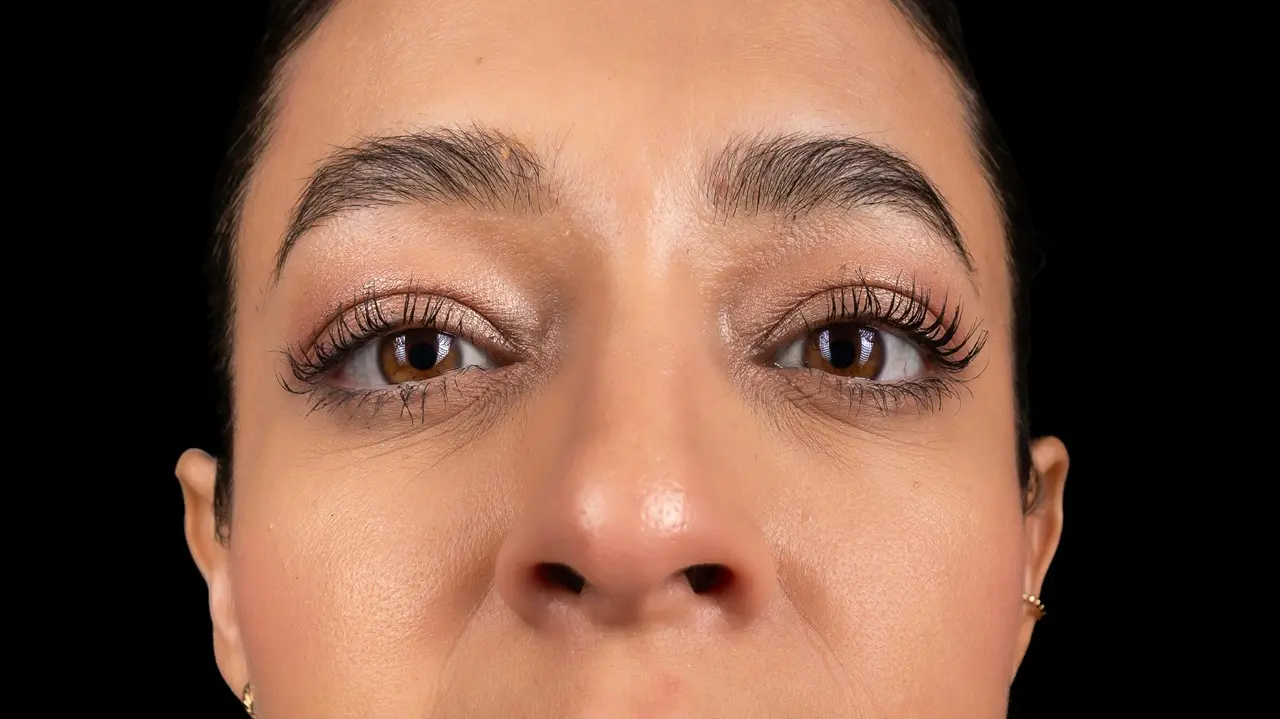
21 +
Combined Years Of Experience
3 Times
Award Winning Clinic Of Excellence
25,000 +
Treatments Performed
2,000 +
5 Star Reviews
Understanding the Roman Nose
A Roman nose, also known as an aquiline nose, is characterised by a high or slightly curved bridge that gives a strong and distinctive side profile. Historically associated with leadership and nobility, it remains a recognisable and often admired facial feature.
While many people embrace the natural contour of a Roman nose, others prefer to soften or refine its shape for greater facial balance. At Dermamina London, our non surgical rhinoplasty treatment offers a safe and effective way to do this using dermal filler.
Defining Features of a Roman Nose
The Roman nose, sometimes referred to as an aquiline nose, is recognised for its strong, curved bridge and defined structure. The tip often projects slightly downwards, giving a bold and distinguished side profile that has been celebrated in art and culture for centuries.
This nose shape is frequently described as classical and expressive. Many historical sculptures and portraits, particularly from ancient Rome and the Renaissance, depict prominent figures with this characteristic nose, symbolising power, authority and intellect.
While the shape naturally varies from person to person, most Roman noses feature a noticeable convex line along the bridge which can make the profile appear more pronounced in photographs or from certain angles.
Historical and Cultural Significance
The term Roman nose originates from ancient Roman sculptures and coins which portrayed emperors and leaders with strong, angular profiles. It became associated with courage, confidence and intelligence, traits admired in both men and women throughout European history.
Across cultures, a pronounced nasal bridge has often been linked to individuality and character. In some societies it symbolises determination and leadership, while in others it is regarded as a mark of refinement and maturity.
Today, the Roman nose remains one of the most recognisable and discussed nose shapes, appreciated by many for its distinction and timeless aesthetic appeal.
Genetics and Prevalence
The shape of the nose is largely determined by genetic inheritance. A Roman nose is more commonly seen in people with Mediterranean, Middle Eastern and certain European ancestry, although it can occur in any ethnic group.
Variations in bone and cartilage structure influence the height of the nasal bridge and the overall curve of the profile. These small anatomical differences create the range of Roman or aquiline appearances observed in different populations.
Understanding these structural characteristics helps our practitioners assess how subtle non surgical refinement can balance the nose with the rest of the face, ensuring that results remain natural and in harmony with each client’s features.
Aesthetic Perception and Facial Balance
Beauty is subjective, and many people regard the Roman nose as striking and elegant. Its definition can enhance the side profile and express strength of character. However, for those who prefer a softer contour or wish to achieve a more symmetrical profile, gentle refinement can make a noticeable difference without losing individuality.
When assessing facial harmony, the balance between the nose, chin, and forehead is key. Small adjustments to the nasal bridge or tip using dermal filler can help align these proportions, resulting in a smoother and more balanced appearance.
At Dermamina London, every treatment plan is tailored with these principles in mind, focusing on proportion, symmetry and maintaining the client’s unique expression.
How Non Surgical Rhinoplasty Enhances a Roman Nose
Using advanced filler techniques, our practitioners can smooth the convexity of the nasal bridge, subtly lift the tip and create a straighter, more balanced profile without surgery, downtime or scarring.
- Balances a prominent bridge for a smoother contour
- Refines asymmetry and improves facial harmony
- Instant, natural-looking results with minimal discomfort
- No general anaesthetic or recovery time required
The treatment typically takes less than 20 minutes and provides immediate results. It’s ideal for clients who wish to refine a Roman or aquiline nose shape without committing to permanent surgery.
Why Choose Dermamina London
Our clinic specialises in non surgical rhinoplasty and advanced dermal filler treatments performed by skilled medical professionals. Every treatment is bespoke, designed to complement your natural features and maintain balance across your face.
Located in Central London near Harlet Street, Dermamina provides a calm and private environment where patients receive expert guidance and care from consultation to aftercare.
Learn more about our approach or visit our About Us page to explore the philosophy behind our treatments.
Frequently Asked Questions
Related Treatments
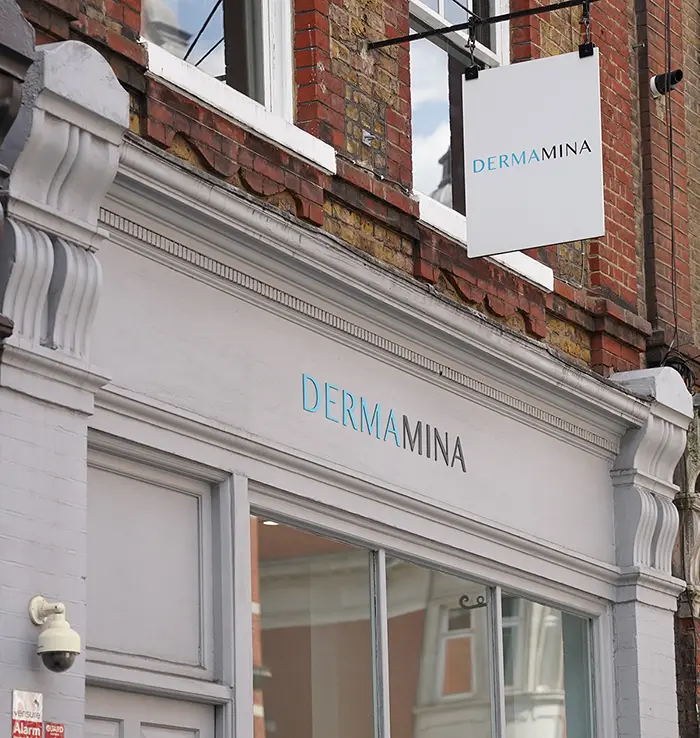
How To Find us
Just a 4 minute walk from Harley Street.
Dermamina is based in the heart of London at 114 New Cavendish Street, just off Great Portland Street and Goodge Street.
We are accessible by 6 underground stations all within a 5-minute walk, including Oxford Circus underground station. We are just a 4-minute walk from Harley Street.
Save Face
You're in safe hands.
At Dermamina we have successfully attained the Save Face Accreditation, which signifies our consistent adherence to the highest industry standards. To earn this esteemed recognition, we underwent a rigorous evaluation conducted by an independent body.
Save Face is a register accredited by the Professional Standards Authority, holding official recognition from the Government, the Department of Health, and NHS England. This acknowledgment underscores our unwavering commitment to delivering exceptional quality services.
